The First 24 Hours After Your Facelift
The initial day following your facelift procedure is pivotal for kickstarting a successful recovery journey. During these first hours, it’s common to experience a range of symptoms, including swelling, bruising, and a degree of discomfort—these are typical responses of your body to the surgery. Adhering to your surgeon’s post-operative instructions is paramount during this phase. Key recommendations often include maintaining an elevated head position to mitigate swelling and applying ice packs strategically to affected areas. The management of discomfort through prescribed pain medications is also a crucial aspect of care during this period. Emphasizing rest and ensuring you’re well-hydrated are equally important, as both significantly contribute to your body’s healing capabilities. This time frame demands a gentle approach to self-care, focusing on rest and adherence to medical advice, setting the stage for a recovery process that is as smooth and effective as possible.
The First Week: Initial Healing and Care
During the initial week following a facelift, patients navigate through a critical phase of recovery characterized by the body’s natural healing processes kicking into high gear. This period is marked by a noticeable reduction in swelling and the beginnings of your new facial contours emerging. Despite these positive changes, the importance of adhering to prescribed post-operative care cannot be overstressed. Activities that could potentially strain the healing tissues, such as bending, lifting, or any form of vigorous exercise, should be avoided to prevent complications. Similarly, habits detrimental to recovery, like smoking, must be completely shunned, as they can significantly hinder the healing process and impact the final outcome of the surgery.
It’s also a time for meticulous care of the incision sites to foster optimal healing. Gentle cleansing as advised by your surgeon is crucial to prevent infection and ensure that the incisions heal neatly. Protection from the sun is imperative; UV exposure can not only cause discomfort but also affect scar healing and visibility.
Adherence to scheduled follow-up appointments during this week is vital. These sessions allow the surgeon to assess the healing progress, address any emerging concerns, and provide guidance on the next steps in the recovery journey. It’s a reassurance that you’re on the correct path, and any adjustments needed in the care regimen can be made promptly.
This week sets the foundation for the recovery ahead. While the transition into more noticeable improvements and less discomfort is encouraging, maintaining a cautious approach to activities and care practices remains key to a successful outcome.
Weeks 2 to 4: Noticeable Improvements and Follow-up
As you progress into the second to fourth week post-facelift, the changes in your appearance become increasingly evident. The persistent decrease in swelling allows for a clearer view of the procedure’s results, with your facial contours becoming more pronounced. This period is often marked by a significant turning point in the recovery process where patients begin to appreciate the changes and feel more comfortable with their new look.
During these weeks, your surgeon might introduce gentle facial massages as part of your recovery regimen. These massages serve not only to soothe and relax the treated areas but also to enhance blood flow, aiding in the reduction of any lingering swelling. It’s important to follow your surgeon’s instructions carefully when performing these massages to ensure you do not disrupt the healing tissues.
Follow-up visits are crucial during this phase. These appointments allow your surgeon to closely monitor your recovery, making any necessary adjustments to your post-operative care plan. They provide an opportunity to ask questions and address any concerns you might have, ensuring that your recovery is on track. Your surgeon’s ongoing assessment during these visits is invaluable in achieving the best outcome.
Continued adherence to your surgeon’s advice cannot be overstressed. While the temptation to resume normal activities might be strong as you start feeling better, it’s essential to maintain a cautious approach to your recovery. Following the prescribed care instructions and avoiding any activities that might strain your facial tissues will support a smoother and more effective healing process, setting the stage for enduring results.
One Month and Beyond: Long-term Recovery and Results
As the one-month milestone is surpassed, patients often witness the fruition of their patience and diligent care, with the final results of the facelift becoming increasingly visible. This phase marks the beginning of the long-term recovery where the emphasis shifts towards maintaining and enhancing the results achieved. The once persistent swelling has now subsided, unveiling more defined facial contours and a rejuvenated appearance that is closer to the patient’s goals.
At this juncture, a sustained commitment to a healthy lifestyle plays a pivotal role in preserving the facelift’s benefits. It is essential to continue protecting the skin from the harmful effects of UV radiation, employing broad-spectrum sunscreen whenever exposure is anticipated. Embracing a skincare routine that includes gentle cleansing and moisturizing, along with the application of products specifically recommended by the surgeon, can aid in sustaining the skin’s vitality and youthfulness.
Nutrition, too, remains a cornerstone of a successful recovery. A diet rich in lean proteins, fruits, vegetables, and whole grains provides the necessary nutrients to support tissue repair and overall skin health. Avoiding substances that can detract from the results, such as tobacco products and excessive alcohol, is equally important.
While the more conspicuous signs of recovery have faded, the importance of routine follow-ups with the surgeon persists. These appointments are essential for monitoring the long-term health of the surgical sites and the integrity of the facelift results. They also offer an opportunity for addressing any late-onset concerns that may emerge and for receiving professional advice on further enhancing and protecting the investment made in one’s appearance.
By embracing these practices, patients not only contribute to the longevity of their facelift results but also invest in their overall well-being, ensuring they continue to enjoy a more youthful and refreshed look for years to come.
Common Concerns and How to Address Them
Throughout the recovery journey after a facelift, several typical concerns may arise, including feelings of tightness, areas of numbness, and occasional asymmetry in facial features. These sensations are normal parts of the healing process, reflecting the adjustments and healing your body is undergoing. It’s crucial to keep an open line of communication with your surgeon regarding these experiences. They can offer insights and solutions tailored to your specific situation, providing peace of mind and aiding in your recovery.
For issues like tightness and numbness, patience is often advised as these sensations usually diminish as the healing process progresses. However, if there is significant discomfort or if the symptoms persist longer than expected, your surgeon may recommend certain treatments or adjustments in your recovery plan.
Asymmetry during the early stages of recovery can also be a point of concern for many patients. It’s important to remember that swelling and how your body responds to surgery can temporarily affect symmetry. Most often, these differences even out as the swelling subsides and the tissues settle into their new contours.
Proactive scar management, as guided by your surgeon, plays a critical role in minimizing the visibility of surgical marks. Using recommended products and following a gentle, consistent care routine can significantly impact the appearance of scars, ensuring they heal as discreetly as possible.
By addressing these concerns with informed care and professional guidance, you can navigate the recovery process more comfortably and confidently, moving closer to the results you envision.
Maximizing Your Facelift Recovery with Nutrition and Lifestyle Choices
Enhancing the healing journey post-facelift extends beyond following medical advice—it involves embracing a holistic approach to wellness. Optimal nutrition is vital; a diet rich in antioxidants, vitamins, and minerals aids in repairing tissues and reducing inflammation. Incorporating foods such as leafy greens, berries, and lean proteins can have a profound impact on your recovery speed and the quality of your results. Hydration plays an equally important role, with water intake supporting detoxification and skin hydration. Sleep, too, is a cornerstone of a successful healing process, providing your body the rest it needs to repair. While direct sun exposure should be limited to protect the skin, engaging in gentle activities as recommended by your healthcare provider can boost circulation and enhance well-being. Emphasizing these nutritional and lifestyle factors not only supports a smoother recovery but also contributes to the longevity of your facelift outcomes, helping you maintain a refreshed and rejuvenated appearance.
CONTACT US TO Schedule a Consultation WITH CLEVELAND, OH PLASTIC SURGEON, Dr. Bram Kaufman
To learn more about cosmetic treatment and procedures or to schedule a consultation by Cleveland Ohio area plastic surgeon, Dr. Bram Kaufman, please contact us click here.
Now taking new patients in Cleveland OH | Pepper Pike | Beachwood | Lyndhurst and other surrounding areas.
